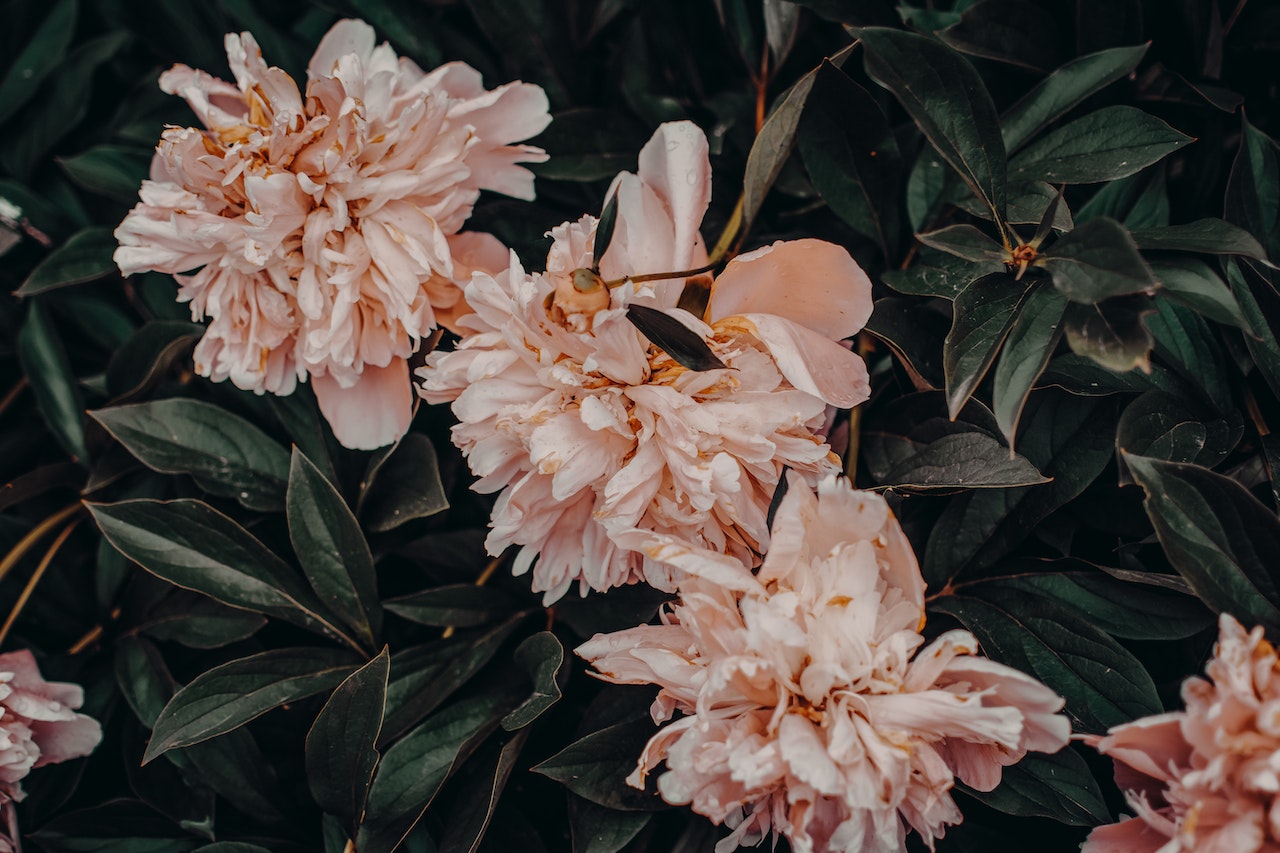Peonies are renowned for their stunning, lush blooms that grace gardens in the spring and early summer. Once the peony flowers have faded, they leave behind intriguing seed pods. These peony pods, though often overlooked, hold the potential for exciting garden projects and peony propagation. In this guide, we’ll explore what to do with peony pods, unlocking their hidden potential beyond their bloom time.
- Harvesting Peony Pods: Peony pods, also known as seed pods, develop after the peony flowers have bloomed and faded. You can spot them as small green pods growing on the flower stems. Allow the peony pods to remain on the plant until they turn brown and begin to split open, revealing their seeds. Harvesting peony pods at the right time ensures the seeds inside are mature and ready for use.
- Saving Peony Seeds: Once you have harvested the mature peony pods, gently open them to reveal the small, round peony seeds inside. Carefully separate the seeds from the pod and place them in a dry container. Label the container with the peony variety and the date of harvest. Store the seeds in a cool, dry place until you are ready to use them for planting.
- Propagating Peonies from Seeds: Peony seeds can be a fun and rewarding way to propagate new peony plants. However, it’s essential to note that peonies grown from seeds may not produce blooms that are identical to the parent plant. To propagate peonies from seeds, follow these steps:
- Stratification: Peony seeds need a period of cold stratification to simulate winter conditions. Place the seeds in a damp paper towel or peat moss, seal them in a plastic bag, and refrigerate them for 8 to 12 weeks.
- Sowing: After stratification, sow the peony seeds in well-draining soil in pots or trays. Keep the soil consistently moist but not waterlogged.
- Germination: Peony seeds can take several weeks to months to germinate, so be patient. Once they sprout, provide them with bright but indirect light.
- Transplanting: When the seedlings have developed strong roots and are large enough to handle, transplant them into individual pots or directly into the garden, spacing them adequately.
- Crafting with Peony Pods: Peony pods can also be utilized for creative and decorative purposes. Consider the following ideas:
- Dried Floral Arrangements: Dried peony pods make an excellent addition to floral arrangements. They add texture and a rustic touch to bouquets and centerpieces.
- Nature Crafts: Use peony pods in nature-inspired crafts, such as wreaths, garlands, and tablescapes. Spray paint them in different colors to match your décor.
- Holiday Ornaments: String peony pods together and add some glitter or paint for a festive touch. Hang them as unique holiday ornaments.
Conclusion: Peony pods, often seen as the remnants of beautiful blooms, hold a world of potential for gardening enthusiasts and crafters alike. From saving and propagating peony seeds to creating stunning crafts and decorations, these pods offer an opportunity to extend the joy of peonies beyond their brief flowering season. Get creative with your peony pods and explore the endless possibilities they have to offer!
FAQs (Frequently Asked Questions) about What to Do with Peony Pods:
- Can I save peony seeds from any peony variety? Yes, you can save peony seeds from almost any peony variety. However, it’s important to note that peonies grown from seeds may not produce flowers that are identical to the parent plant. Peony seeds exhibit genetic variation, so the resulting plants may have different colors, shapes, or sizes compared to the original plant. If you want to preserve the exact characteristics of a specific peony variety, propagating through division is the best method.
- How do I know when peony pods are ready to harvest? To ensure that the peony seeds inside the pods are mature and viable, it’s essential to harvest the peony pods at the right time. Wait until the peony pods turn brown and begin to split open naturally on the plant. This indicates that the seeds have fully developed and are ready for harvesting. Avoid harvesting peony pods too early, as immature seeds may not germinate successfully.
- Can I plant peony seeds directly in the garden? While it’s possible to plant peony seeds directly in the garden, it’s generally recommended to start them indoors in pots or trays. Peony seeds require a period of cold stratification to break their dormancy and encourage germination. Starting the seeds indoors and subjecting them to a period of cold stratification in a controlled environment ensures a higher germination rate. Once the seeds have undergone stratification, they can be transplanted into the garden or larger containers as seedlings.

Leave a Reply